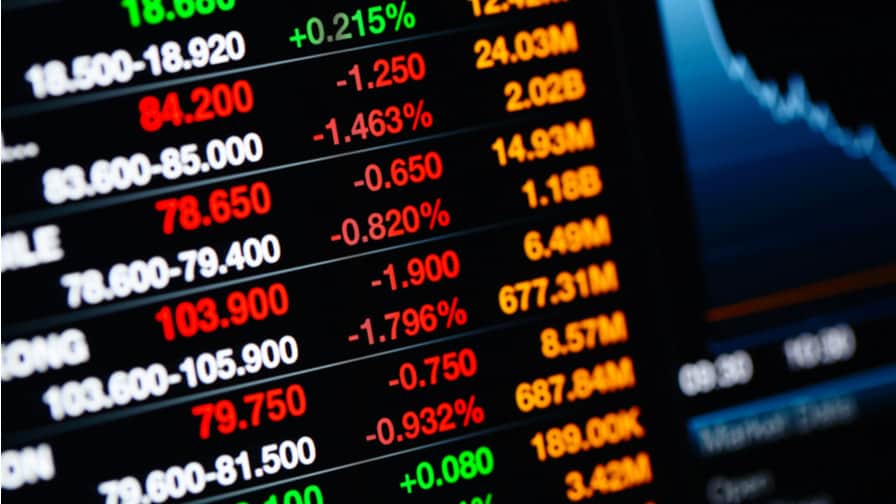Global advertising spend is set to fall by 8.1% ($49.6 billion) to $563 billion this year, led by severe cuts in investment among major product sectors as a result of the COVID-19 outbreak, according to finding from international marketing intelligence service WARC.
The new projections, based on data from 96 markets worldwide, represent an absolute downgrade of $96.4 billion compared to WARC’s previous global forecast of 7.1% growth made in February 2020.
Traditional media will fare far worse than online, with ad investment set to fall $51.4 billion (-16.3%) this year. Meanwhile, declines in ad spend will be recorded across cinema (-31.6%), OOH (-21.7%), magazines (-21.5%), newspapers (-19.5%), radio (-16.2%) and TV (-13.8%).
Despite the growing increase of online activity as more people remain at home, online advertising is set to witness a downturn; internet growth will almost grind to a halt (+0.6%) in 2020 following a $36.5 billion cut compared to WARC’s February forecast to $298.9 billion.
Social media (+9.8%), online video (+5.0%) and online search (+0.9%) are expected to record growth but at far lower rates than were previously projected, while online classified – particularly recruitment advertising – is set to fall by 10.3%.
Looking at the duopoly, Facebook’s advertising forecast has been downgraded by $5.3 billion to 11.5% growth this year, a total of $77.6 billion, while Alphabet’s revenue is expected to grow 1.6% to $137.1 billion — $12.9 billion lower than the pre-outbreak forecast of 10.4% growth.
Ad investment in product categories to fall
Ad spend is set to fall across almost all of the 19 product categories monitored by WARC. The travel & tourism sector is expected to record the steepest decline, with a forecast of -31.2% for 2020 representing a $7.2 billion reduction in ad spend compared to 2019, to a total of $16.0 billion.
In addtion, the leisure & entertainment (-28.7%, down $6.6 billion from 2019 to $16.4 billion), financial services (-18.2%, down $8.7 billion to $39.2 billion), retail (-15.2%, down $10.2 billion to $57.2 billion) and automotive (-11.4%, down $7.4 billion to $57.6 billion) sectors are all set to witness sharp declines this year.
“We note three distinct phases to the current downturn: firstly, an immediate demand-side induced paralysis for sectors such as travel, leisure and retail, combined with supply-side constraints for CPG brands. Second, the recessionary tailwind will exert extreme pressure on the financial services sector as well as the consumer, whose disposable income is now heavily diminished,” said James McDonald, head of data content at WARC.
“Finally, as the world takes tentative steps towards a recovery, there will be an added emphasis on healthcare and wellbeing credentials among brands not normally associated with the field, aside from higher spending within the pharmaceutical sector to leverage the shifting consumer mindset,” McDonald continued.
“Opportunities can come from this crisis, both for advertisers and for media owners. Every brand should be questioning assumptions about their company’s competitive position. What are the ways in which you can reinvent the category? That the economy will be weak is a given, but any one business’s outcomes are not,” commented Brian Wieser, global president, business intelligence at WPP.

